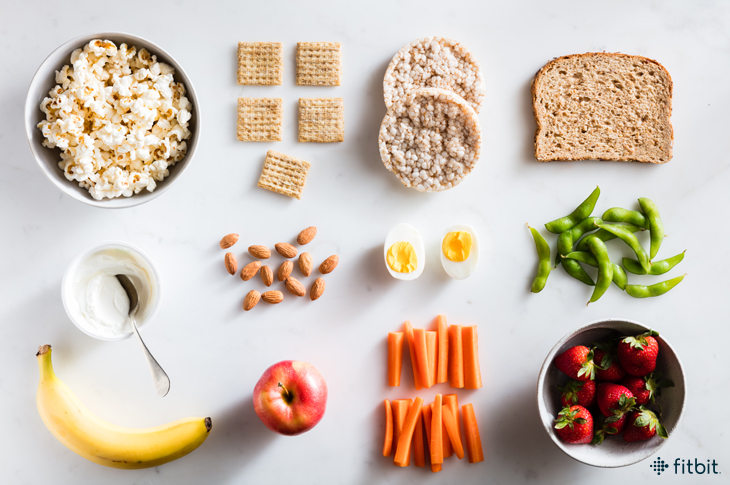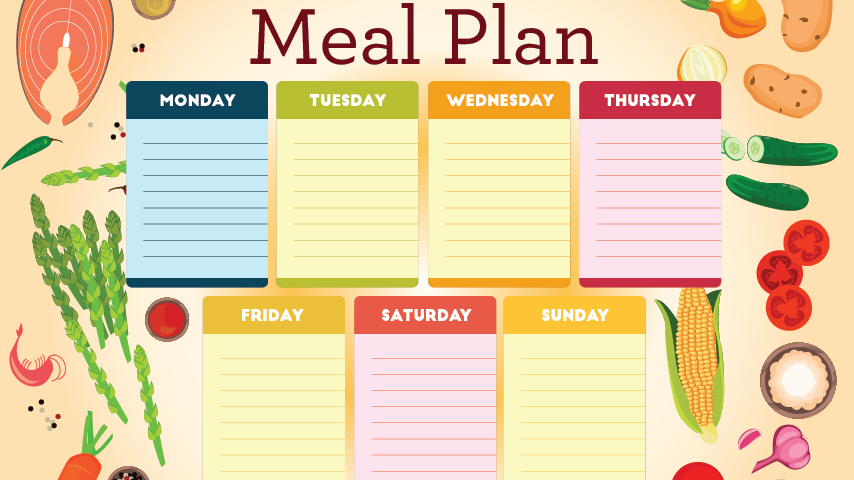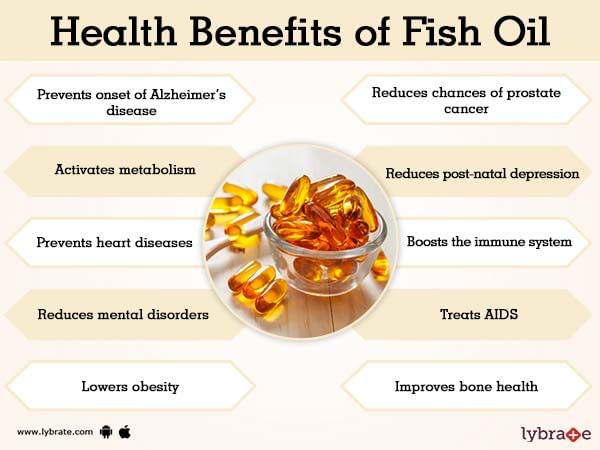Fish, Underated in the world of bodybuilding comes with a heap of health benefits.
There are a huge number of sub-species of fish, each with their own individual nutrient profile.
On average, white fish provides slightly more calories than chicken does with just over 170 kcal per 100 g. The protein count is a little lower at 24 g because fish is higher in fat..
Fish is high in micronutrition, providing vitamins B6, B12, selenium and iodine.
Types Of Fish

There are so many different types of fish out there it is hard to know which one you will like and what will match your needs the best.
The following is the nutritional information for a selection of popular fish (given for 1 ounce uncooked fish)
| Fish |
Calories |
Protein |
Carbs |
Fat |
Cholesterol |
Sodium |
Fiber |
| Cod Fish |
23 |
5.1g |
0g |
.2g |
10g |
20mg |
0g |
| Flounder |
26 |
5.3g |
0g |
.3g |
14g |
23mg |
0g |
| Halibut |
31 |
5.9g |
0g |
.6g |
9g |
15mg |
0g |
| Mackerel |
58 |
5.3g |
0g |
3.9g |
20g |
26mg |
0g |
| Red Snapper |
28 |
5.8g |
0g |
.4g |
10g |
18mg |
0g |
| Salmon, Atlantic |
40 |
5.6g |
0g |
1.8g |
16g |
113mg |
0g |
| Swordfish |
34 |
5.6g |
0g |
1.1g |
11g |
11mg |
0g |
| Trout |
42 |
5.9g |
0g |
1.9g |
16g |
15mg |
0g |
| Tuna, Bluefin |
41 |
6.6g |
0g |
1.4g |
11g |
11mg |
0g |
| Tuna, Yellowfin |
31 |
6.6g |
0g |
.3g |
13g |
10mg |
0g |
1. Fish is lean
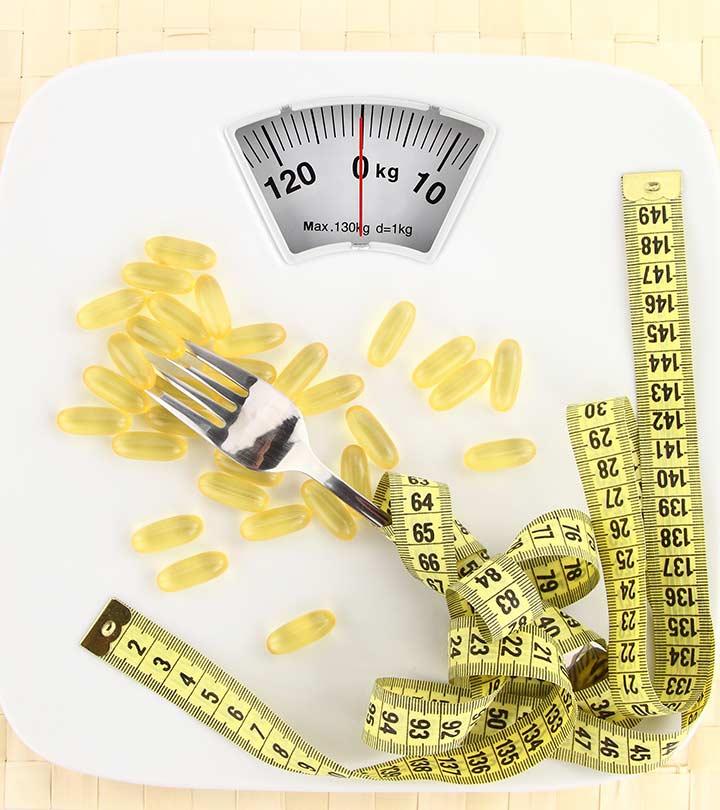
When you’re dieting to shed bodyfat, you have to balance different objectives and cutting total calories, reducing fats and carbs, and simultaneously increasing protein consumption. Rely on lean fish as a staple of your diet because it meets all these objectives. Fish is also a great food to turn to during a diet when weight loss slows. Before cutting back further on carb consumption when you hit a plateau, try replacing much of your dietary protein which naturally contains fat with lean types of fish. Lean fish has less fat than most lean cuts of meat. You’ll be able to take in the same amount of protein, yet consume fewer calories. This will allow you to keep carbs at a relatively moderate intake level and you won’t feel too depleted. Switching to fish in the middle of a diet can help delay the necessity of lowering your carb consumption.
GO FISH: To get ripped, include the following types of seafood in your diet: sole, tuna, flounder, haddock, scallops, shrimp and crab. These are all extremely low in fat and high in protein.
2. Fish contains large amounts of healthy fats
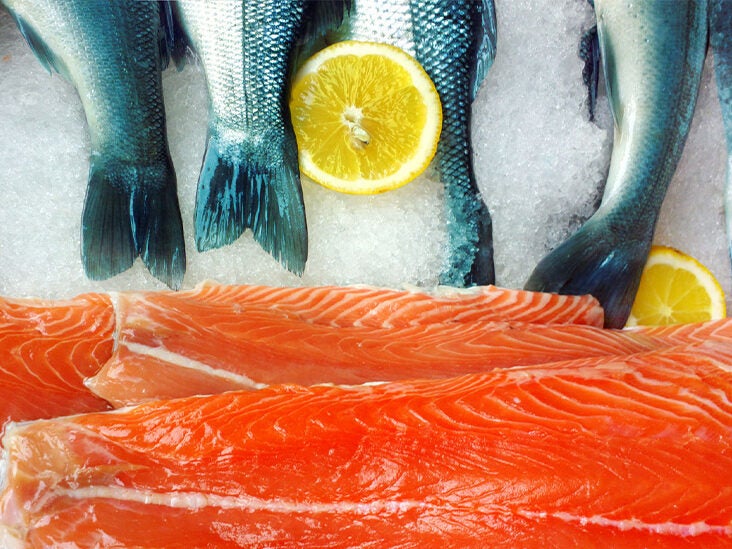
It’s absolutely no surprise that of all the sources of calories and carbohydrates, protein and dietary fat and the one that is most “fattening” is dietary fat. That’s because fat is more efficiently stored as bodyfat than carbs or protein. But there’s an exception: healthy fats, such as those found in fish. The healthy fats in fish and the omega-3 fatty acids are less likely to be stored as bodyfat than the fats from sources such as chicken legs, beef, egg yolks or vegetable oil. The fat consumed from fish is prioritized for important physiological processes and only after those jobs have been completed does it tend to exert an effect on bodyfat storage. These jobs include sparing the breakdown and burning of glutamine, the all-important amino acid that prevents muscle loss; supporting the production of growth hormone; and increasing the formation of muscle glycogen.
With respect to glycogen, fish fat helps funnel carbs into muscles, which not only contributes to muscle growth but also compromises the body’s ability to create bodyfat from carbohydrates. How so? When glycogen storage increases, the body’s ability to make bodyfat from carbohydrates correspondingly decreases. One dieting secret is that the leaner you get, the more difficult it becomes to store fat from fish as bodyfat.
A precontest bodybuilder who has done his homework can get away with eating a lot of fish high in fat with little worry of adding bodyfat. This fat also prevents muscle breakdown and can enhance muscle growth.
GO FISH: For the omega-3 content of several types of seafood, see the “Omega Man” sidebar.
3. Fish is high in mineral content
Most types of fish are a good source of both selenium and iodine, minerals that support metabolic rate. Iodine feeds the thyroid, the “master” gland that has a huge impact on calorie burning and metabolism. Adequate amounts of iodine help keep that gland healthy. A strong thyroid gland also contributes to a stronger immune system, which is particularly important during dieting and hard-training phases.
GO FISH: To increase the range of minerals you take in, consume a variety of seafood. For iodine, emphasize oysters, cod, sea bass, haddock and perch. To boost calcium, consume bone-in fish, such as sardines.
4. Fish is easily digested
One problem with dieting is the risk of burning valuable muscle mass along with unwanted bodyfat. The solution is to eat more protein during a weight-loss diet. Additional protein tricks the body rather than burn muscle mass, the body will burn the extra protein for fuel.
As protein becomes a higher percentage of calories consumed, however, the body may have trouble digesting it. That’s where fish comes into the picture. From the standpoint of “texture” fish is softer and breaks apart rather easily, which makes it easier to digest than “denser” proteins, such as chicken breast, turkey breast and lean cuts of beef. Since lean fish is a very fast-digesting form of protein, it’s also great pre- or postworkout.
GO FISH | Consume items from the “lean seafood” list: sole, tuna, flounder, haddock, scallops, shrimp and crab.
5. Some fish is very inexpensive. One of the concerns about including fish in a daily diet is its expense. Not all types of fish, though, are prohibitively costly. A six-ounce can of white tuna, providing about 40 grams of protein, goes for just over a buck per can. It doesn’t have to be boring, either. Mix it with fat-free mayo or, for a different taste, a blend of fat-free mayo and fat-free sour cream. For “tuna burgers” drain the tuna well, combine it with two egg whites, two tablespoons of pancake mix and some spices. Form the mixture into patties and grill them on a nonstick skillet coated with cooking spray.
Canned fish is a frugal way to get good protein, healthy fats and a lot of calcium. Sardines and canned salmon are generally inexpensive. Even some frozen and fresh fish can be relatively inexpensive. Check the freezer and fresh-fish counter at your local grocery store or warehouse club for good values prices sometime vary by season and locale.
GO FISH: If budget is an issue, choose canned fish, such as tuna, sardines, salmon and anchovies, and look for lessexpensive frozen and fresh varieties, such as haddock, flounder and sole.
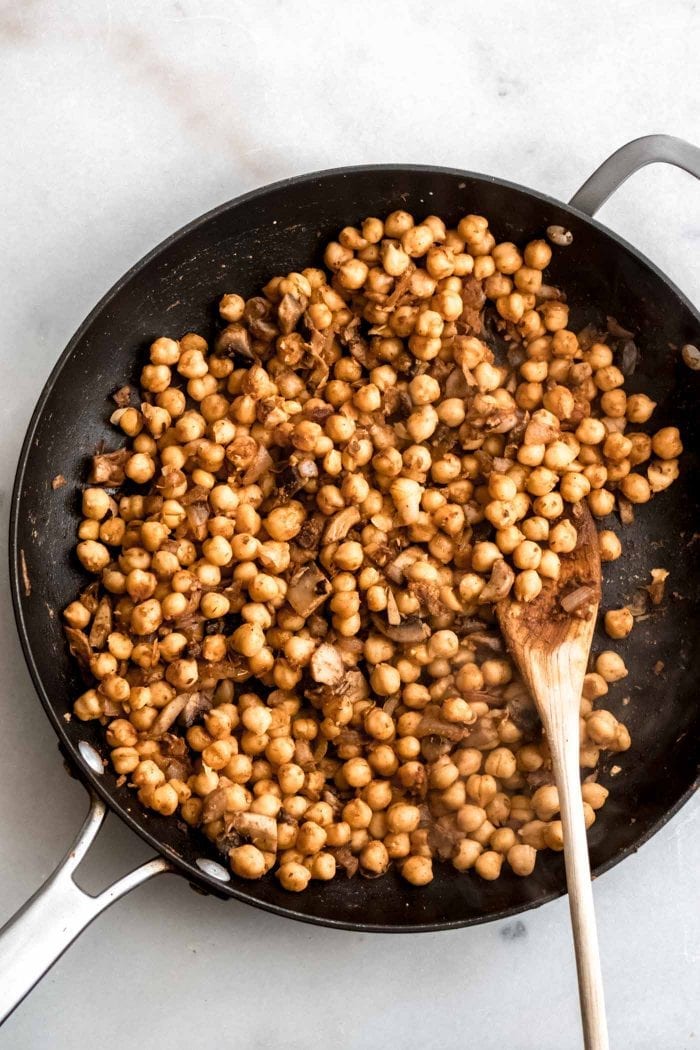


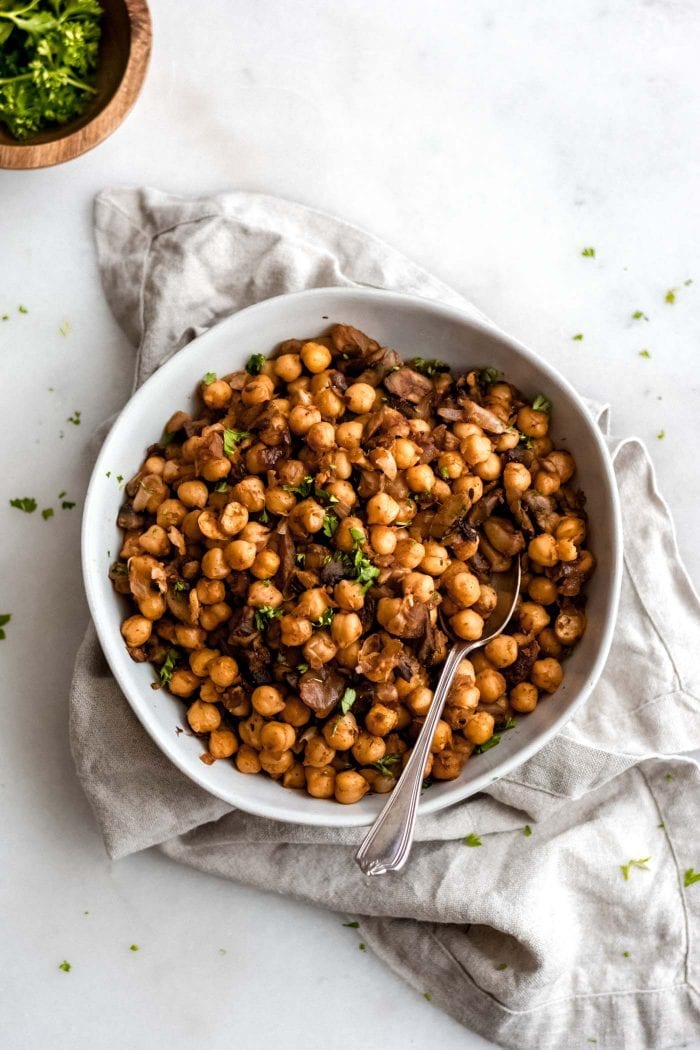
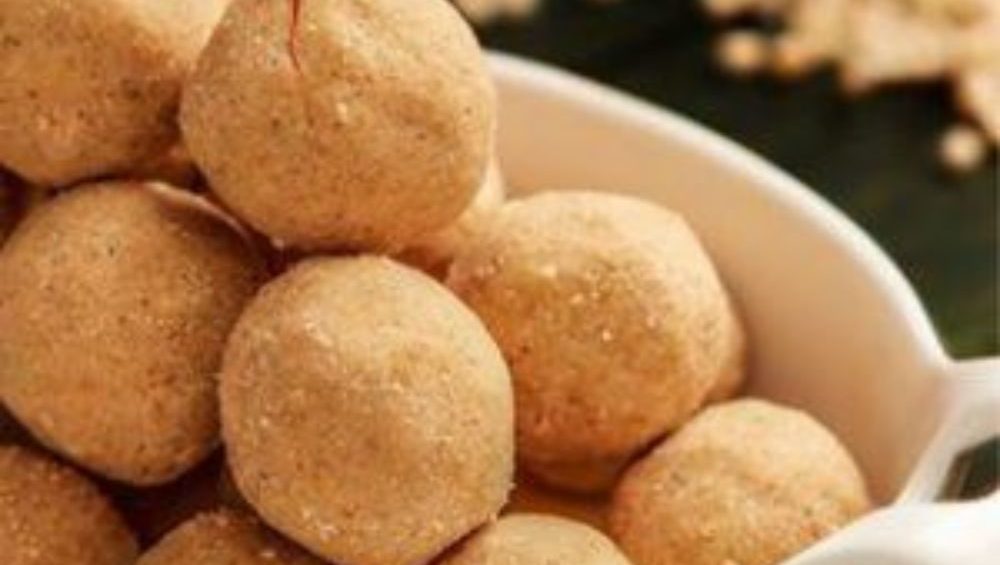



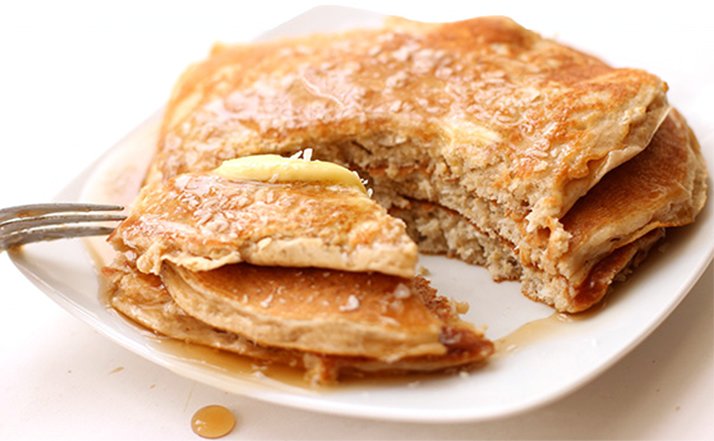

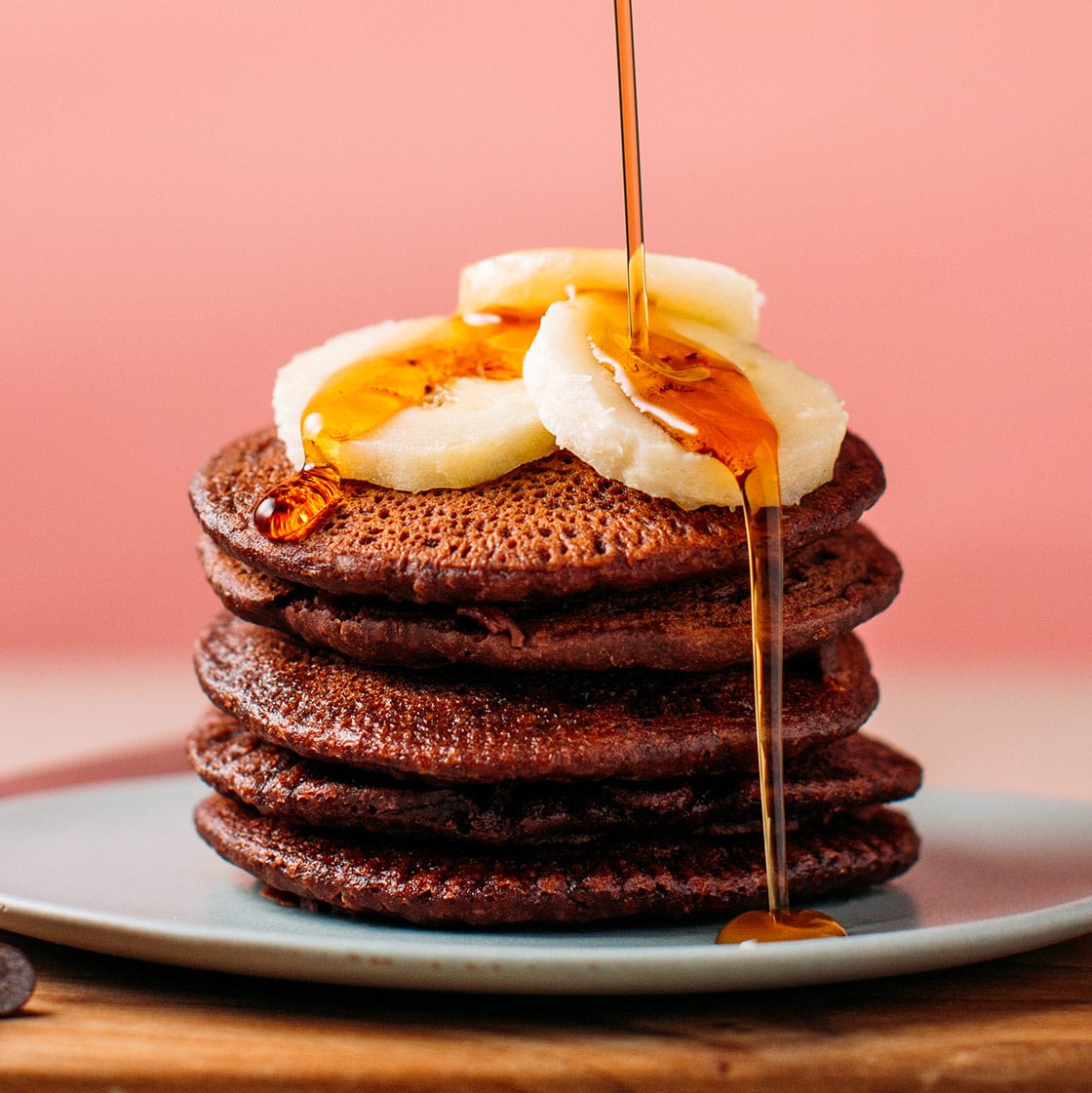
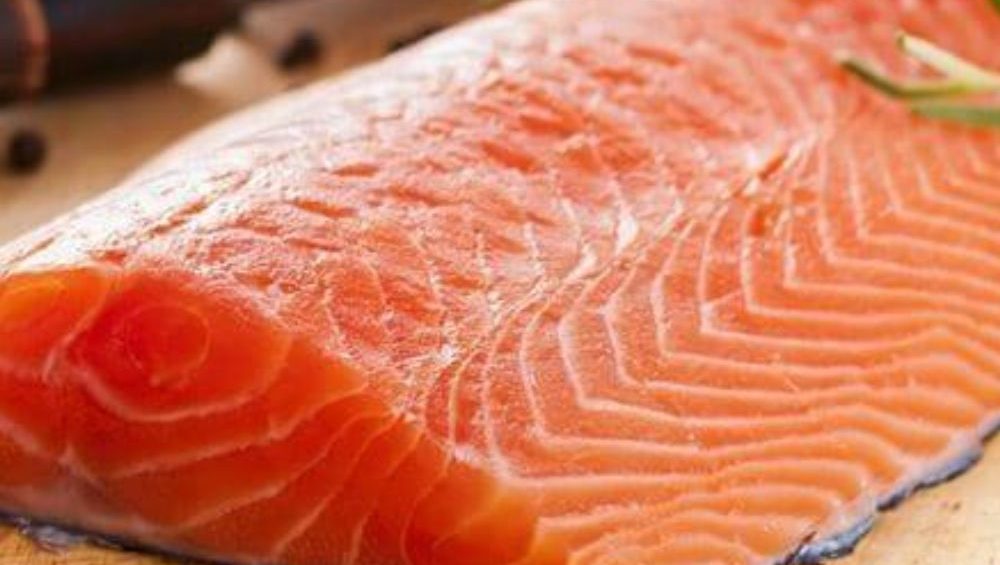




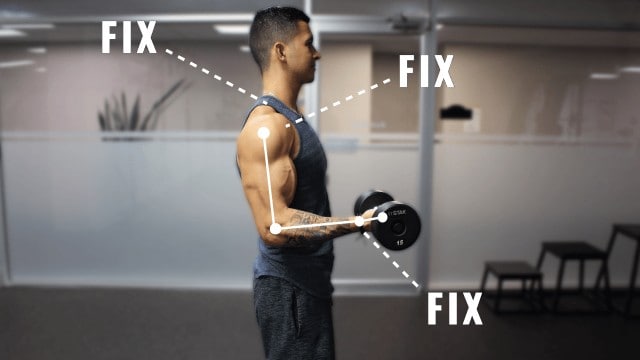
 Adequate rest is the key to size gain. The muscle essentially breaks when you work it out. It only gains size and strength while repairing when you give it rest. So don’t hammer your biceps every day. Dedicate days to bicep workout.
Adequate rest is the key to size gain. The muscle essentially breaks when you work it out. It only gains size and strength while repairing when you give it rest. So don’t hammer your biceps every day. Dedicate days to bicep workout.
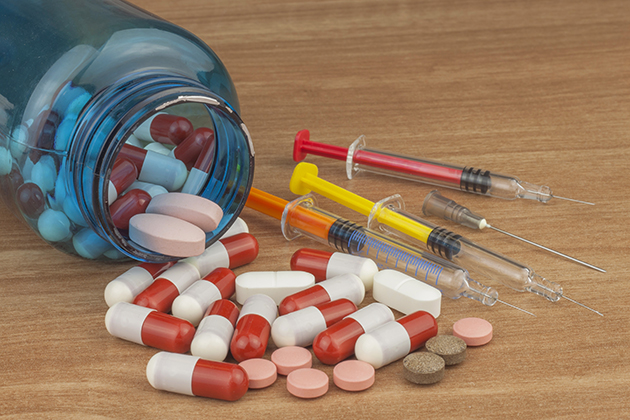

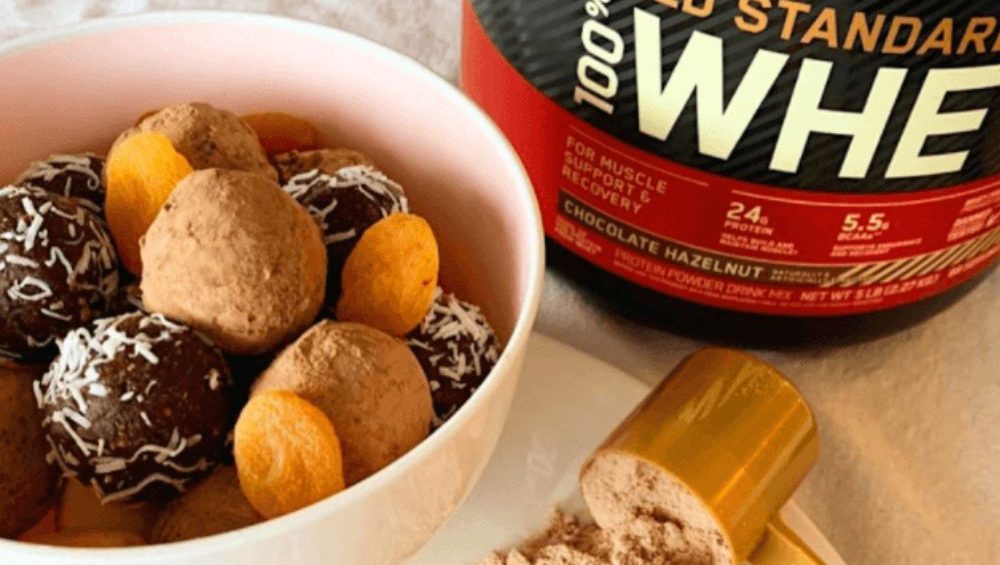

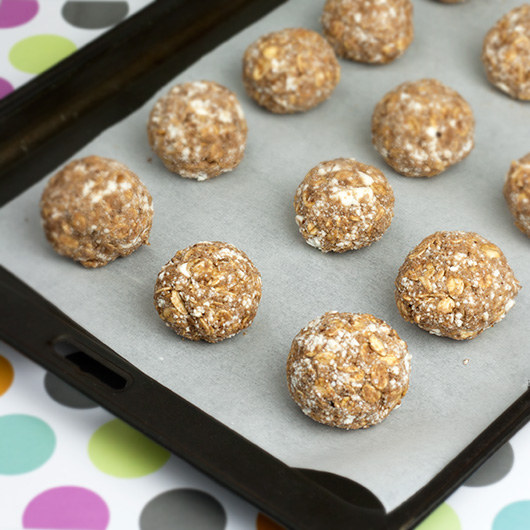

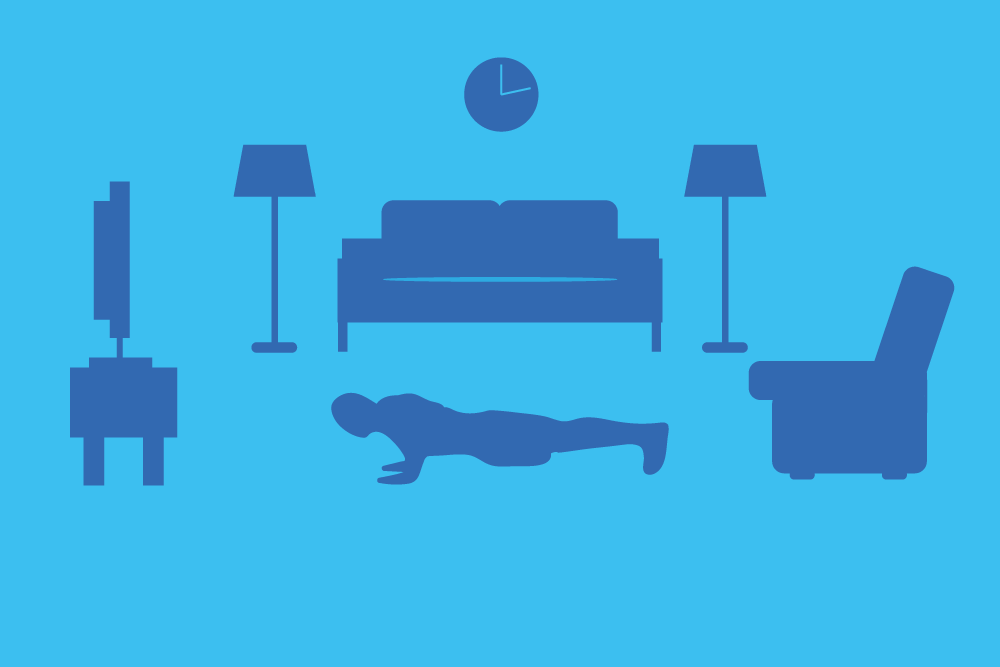
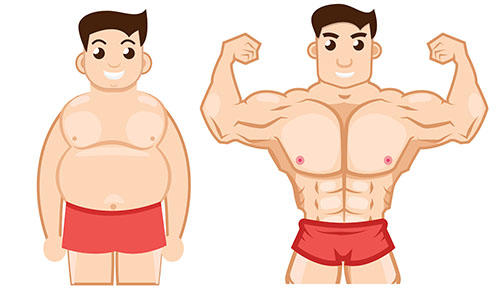

 To increase the tension on your muscles, add some explosiveness to your moves. Squat jumps, lunge jumps, hinge jumps, burpees—they all count toward more muscle building. When a muscle is stretched, it leads to nerve firing that signals a concentric contraction (shortening of the muscle). A quicker stretch (like what happens during the explosive portion of a plyometric exercise) leads to a stronger nerve firing and greater resulting contraction of the muscle. That stronger contraction means your muscle is working harder, and will likely result in more microtrauma and thus more gains. One study on young soccer players found that those who performed plyometric moves had similar muscle gains to those who did resistance training.
To increase the tension on your muscles, add some explosiveness to your moves. Squat jumps, lunge jumps, hinge jumps, burpees—they all count toward more muscle building. When a muscle is stretched, it leads to nerve firing that signals a concentric contraction (shortening of the muscle). A quicker stretch (like what happens during the explosive portion of a plyometric exercise) leads to a stronger nerve firing and greater resulting contraction of the muscle. That stronger contraction means your muscle is working harder, and will likely result in more microtrauma and thus more gains. One study on young soccer players found that those who performed plyometric moves had similar muscle gains to those who did resistance training.


